Discover Aesthetic Solutions
Learn about and compare a wide range of options to make an informed choice about your body
Small Eyes: Enlargen your Eyes with Tailored Eyelid Surgery
At Belorens, we understand that enhancing the appearance of small eyes is a deeply personal journey. That's why we've created a platform designed to connect you with solutions perfectly tailored to your preferences. Whether you're leaning towards subtle non-surgical treatments or considering the transformative potential of surgery, Belorens ensures your choices are informed, personalized, and aligned with your unique aesthetic goals. With us, finding the right match for enhancing your eyes becomes a seamless, empowering experience, enabling you to navigate your options with confidence and precision.
3 Solutions
Filters
Most Popular Solutions
- Most Popular Solutions
- Most Providers
- Most Active Discussions

Eyelid Surgery
(95% Match) Blepharoplasty, or eye lift, is a cosmetic procedure that removes excess skin and fat from around the eyelids, which results in the enhancement of eye socket volume and enlarged small eyes.
B & A photos
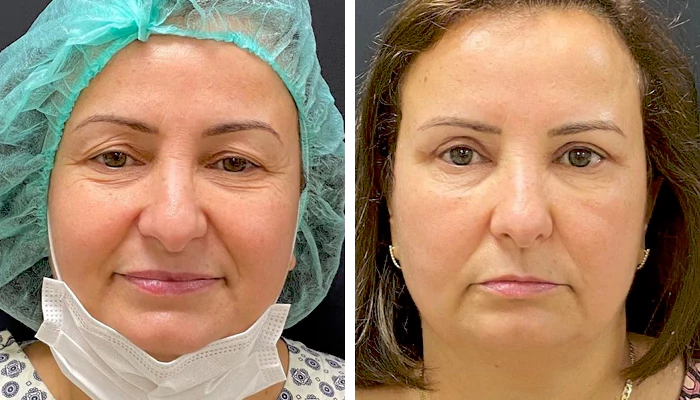
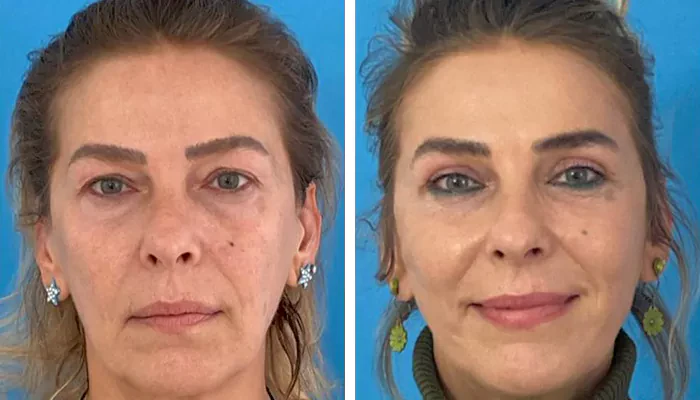
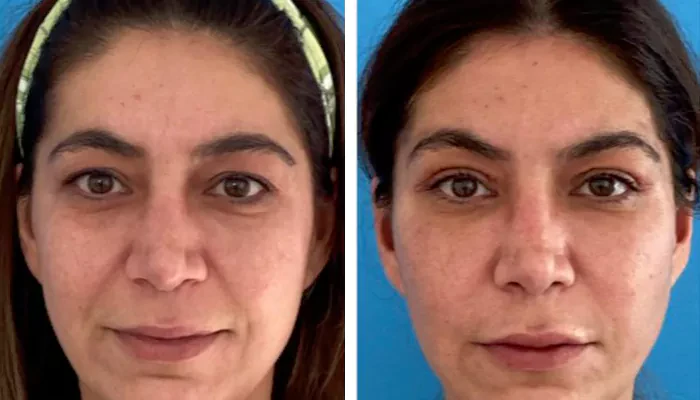
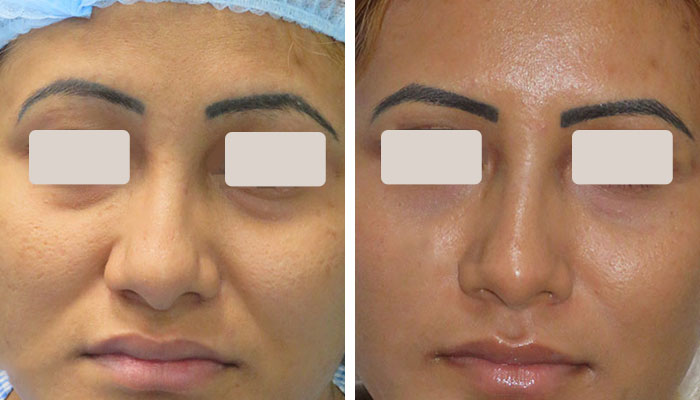

Dermal Fillers
(45% Match) Dermal fillers add volume to the under-eye area and cheeks, creating the temporary illusion of bigger eyes by smoothing out hollows. An effective way to enhance the volume of small eyes with immediate results and minimal recovery time.
B & A photos
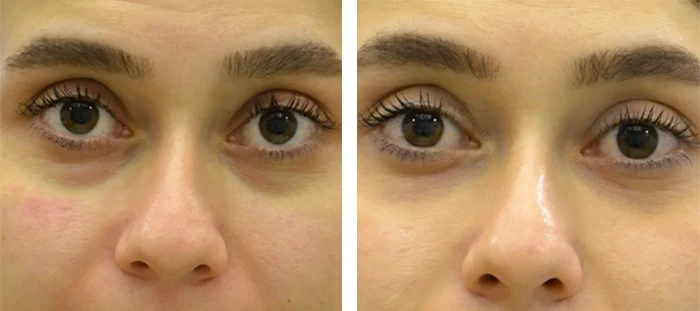
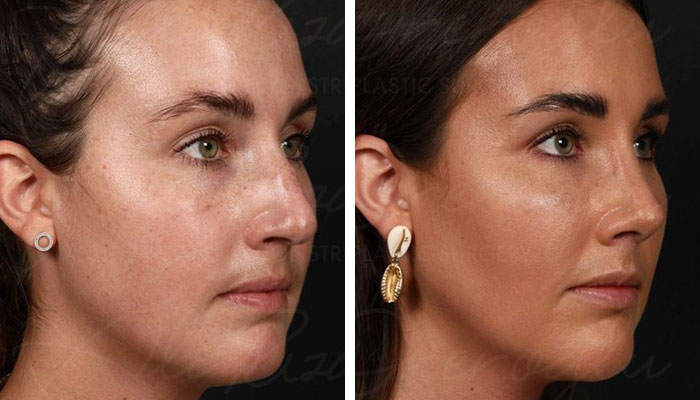
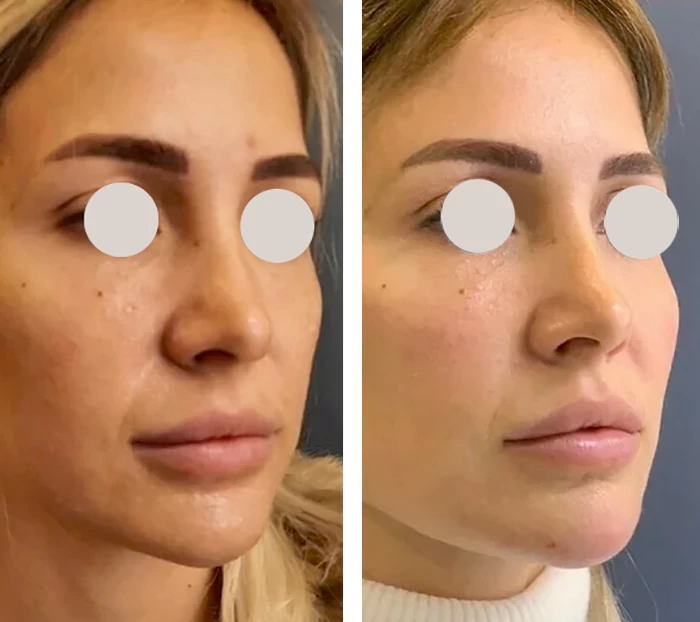
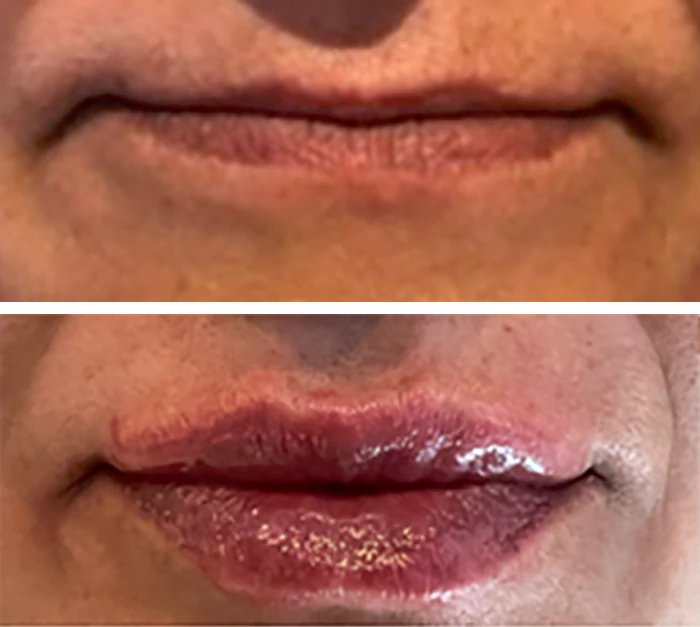


Botox & other Injectable Toxins
(30% Match) Botox injections elevate the eyebrows, reducing eyelid droop and making small eyes look wider and more open. Ideal for a non-invasive eye lift, offering a rejuvenated appearance with results lasting several months.
B & A photos
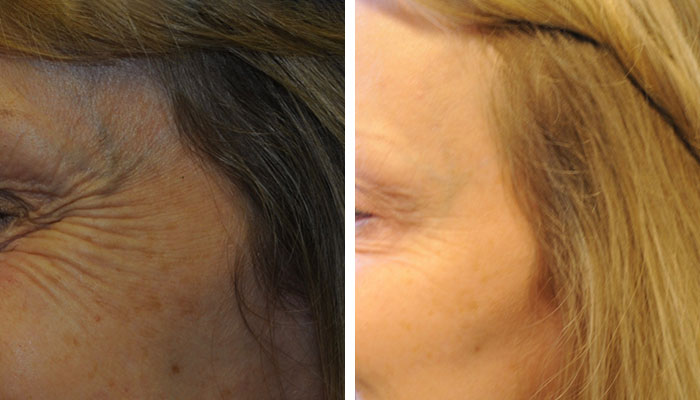
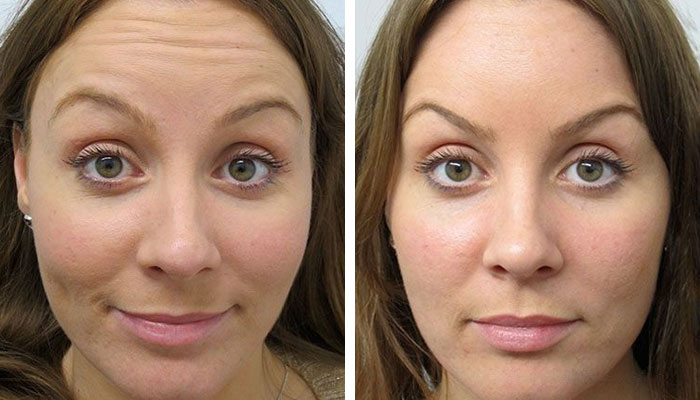
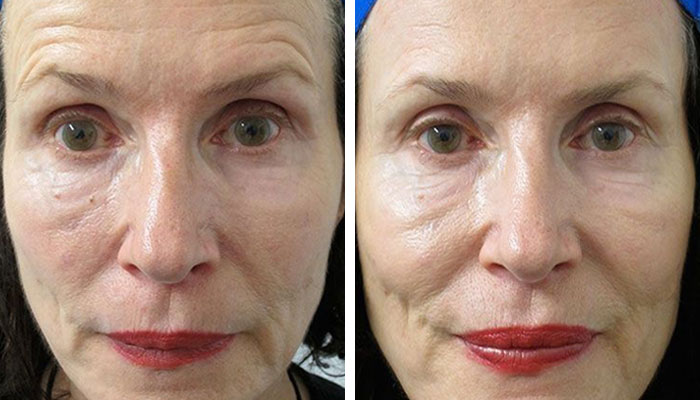
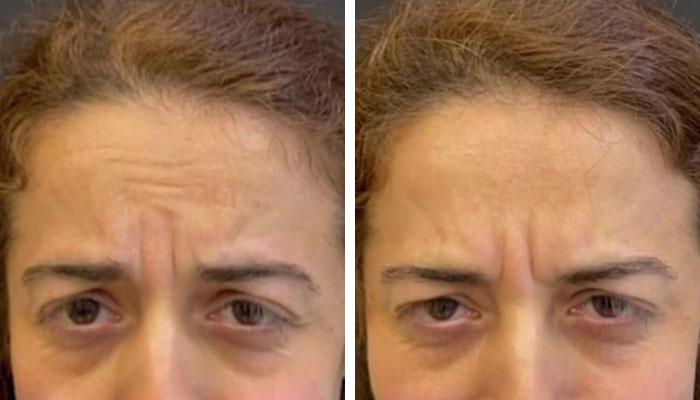
What Constitutes Small Eyes?
Small eyes are often defined by their appearance in relation to other facial features, presenting a smaller visual proportion. This can be due to genetics, underlying anatomical structures, or age-related changes. Both surgical options, like eyelid surgery (blepharoplasty) to remove excess skin and fat, and non-surgical treatments, such as Botox injections to lift the brow and open up the eye area, can enhance the eye's appearance, making it seem larger and more open.
Disclaimer: The term "small eyes" does not refer to any medical condition or abnormality. Whether or not you see this trait as something to address is completely based on personal preference. If you are happy with the appearance of your eyes, we encourage you to embrace them just as they are. At Belorens, we prioritize your confidence and autonomy above all. We believe in providing information and options without ever pressuring our users into treatments they do not want or need. Your satisfaction and well-being are our foremost concerns.
What are the Causes of Small Eyes?
Small eyes can result from various factors including genetics, aging, and certain medical conditions. Genetics plays a significant role in the size and shape of the eyes. Aging can lead to changes in skin elasticity and fat distribution around the eyes, making them appear smaller. Non-surgical treatments like fillers or Botox can address aging-related changes, while surgical interventions can alter the structural aspects contributing to the appearance of tiny eyes.
Am I a Candidate for Small Eyes?
Candidates for small eye treatments typically seek to enhance the appearance of their eyes due to aesthetic concerns or visual impairments caused by eyelid issues. Suitable candidates are those in good general health, with realistic expectations. Consulting with a specialist can determine the best course of action, whether it be surgical, like blepharoplasty, or non-surgical, such as laser treatments or eyelash enhancements.
How Old Should I Be to Get a Correction Procedure for Small Eyes?
There's no specific age requirement for small eye correction; however, most surgeons recommend waiting until the mid to late teens once facial growth is complete. For non-surgical options like Botox or fillers, patients are typically adults seeking aesthetic enhancements. The best approach is individualized, considering the patient's age, health, and treatment goals.
Small Eyes Before and After: See it for Yourself!
Before and after images of small eye treatments can dramatically showcase the potential enhancements. Surgical procedures can offer significant changes in the eye's appearance, providing a more open and youthful look. Non-surgical treatments can also yield noticeable improvements with less downtime. These visuals serve as powerful testimonials to the transformative possibilities of eyelid surgery.
Is There a Small Eyes Non-Surgical Treatment?
Yes, there are several non-surgical treatments for tiny eyes. These include Botox injections to elevate the brows, filler injections to reduce hollows around the eyes, and laser treatments to improve skin texture and firmness. None of these treatments are permanent and are rarely used, usually when the patient insists on non-surgical approaches. Eyelash extensions or the use of Latisse can also make the eyes appear larger, although these do not fall under the treatment category and are makeup changes. These options offer temporary solutions with minimal downtime.
Is there a Self-Care Tiny Eyes Treatment Method?
Self-care methods for enhancing the appearance of small eyes include makeup techniques to make the eyes appear larger, regular eye exercises to strengthen the muscles around the eyes, and maintaining good eye health through proper hydration and sufficient rest. While these methods won't change the size of the eyes, they can improve their appearance and overall eye health.
Are Small Eyes in Need of Urgent Treatment?
Tiny eyes themselves do not typically require urgent treatment unless they're associated with vision problems or significant cosmetic concerns impacting mental health. Treatment urgency is more about the individual's personal and psychological needs. Consultation with a professional can help prioritize interventions based on health, aesthetic goals, and lifestyle.
Can I Delay Small Eye Treatment?
Delaying treatment for small eyes is often a personal choice, as these treatments are usually elective and cosmetic. If the concern is purely aesthetic, timing can depend on the individual's readiness, financial situation, and lifestyle. For any associated vision issues, consulting with a healthcare provider is recommended to discuss timing and necessity.
Are Tiny Eyes Socially Acceptable?
Small eyes are a common facial feature globally and are absolutely socially acceptable. Beauty standards vary widely across cultures and individuals. The decision to seek treatment for tiny eyes is personal and should be based on individual desires and health considerations rather than societal pressure.
How Much Does the Small Eyes Correction Cost?
The cost of small eye correction varies widely depending on the chosen procedure. Surgical options like blepharoplasty can range significantly based on location, surgeon's expertise, and procedure complexity. Non-surgical treatments may have lower initial costs but might require repeated sessions. Always consult with providers for detailed pricing. Here is a chart comparing eyelid surgery for tiny eyes in the United States, to the same services in Turkey, where they are performed by elite Belorens-affiliated professionals.
| Treatment | Average Price Range in the US | Average Price Range in Turkey |
|---|---|---|
| Eyelid Surgery | €2,500 to €5,000 | €1,000 to €2,500 |
Small Eyes Enlargement Methods: Which One is More Popular?
The popularity of small eye enlargement methods varies by personal preference and desired outcome. Non-surgical treatments like Botox injections are rarely used due to their minimal downtime and temporary effects. Surgical options, such as blepharoplasty, remain a sought-after solution for more permanent results.
Small Eyes Solutions with Belorens: What Lies Ahead
With Belorens, embarking on your journey to address small eyes is seamless and tailored to your needs. We offer a comprehensive platform where you can explore both surgical and non-surgical solutions, compare before and after outcomes, and connect with qualified professionals. Belorens guides you through each step, ensuring you are informed.
Frequently Asked Questions (FAQ)
Can makeup enhance my small eyes?
Absolutely. Strategic makeup applications, like highlighting and eyeliner techniques, can visually enlarge your eyes. It's a flexible, daily approach for those seeking a non-permanent solution.
What risks come with eyelid surgery?
Eyelid surgery risks include infection, asymmetry, scarring, and occasionally, changes in vision. Choosing a qualified surgeon minimizes these risks.
Do lifestyle habits affect eye appearance?
Yes, healthy habits can reduce puffiness and enhance eye brightness, indirectly affecting their perceived size.
Can diet impact the appearance of my eyes?
While diet alone won't change eye size, nutritious foods can improve skin health and reduce under-eye bags.
Are eye exercises effective for enlarging eyes?
Eye exercises can strengthen muscles but don't significantly change eye size. They may improve eye health and reduce strain.
Is there Insurance coverage for eye enlargement procedures?
Cosmetic procedures are rarely covered by insurance. However, if there's a medical necessity, partial coverage might be possible.